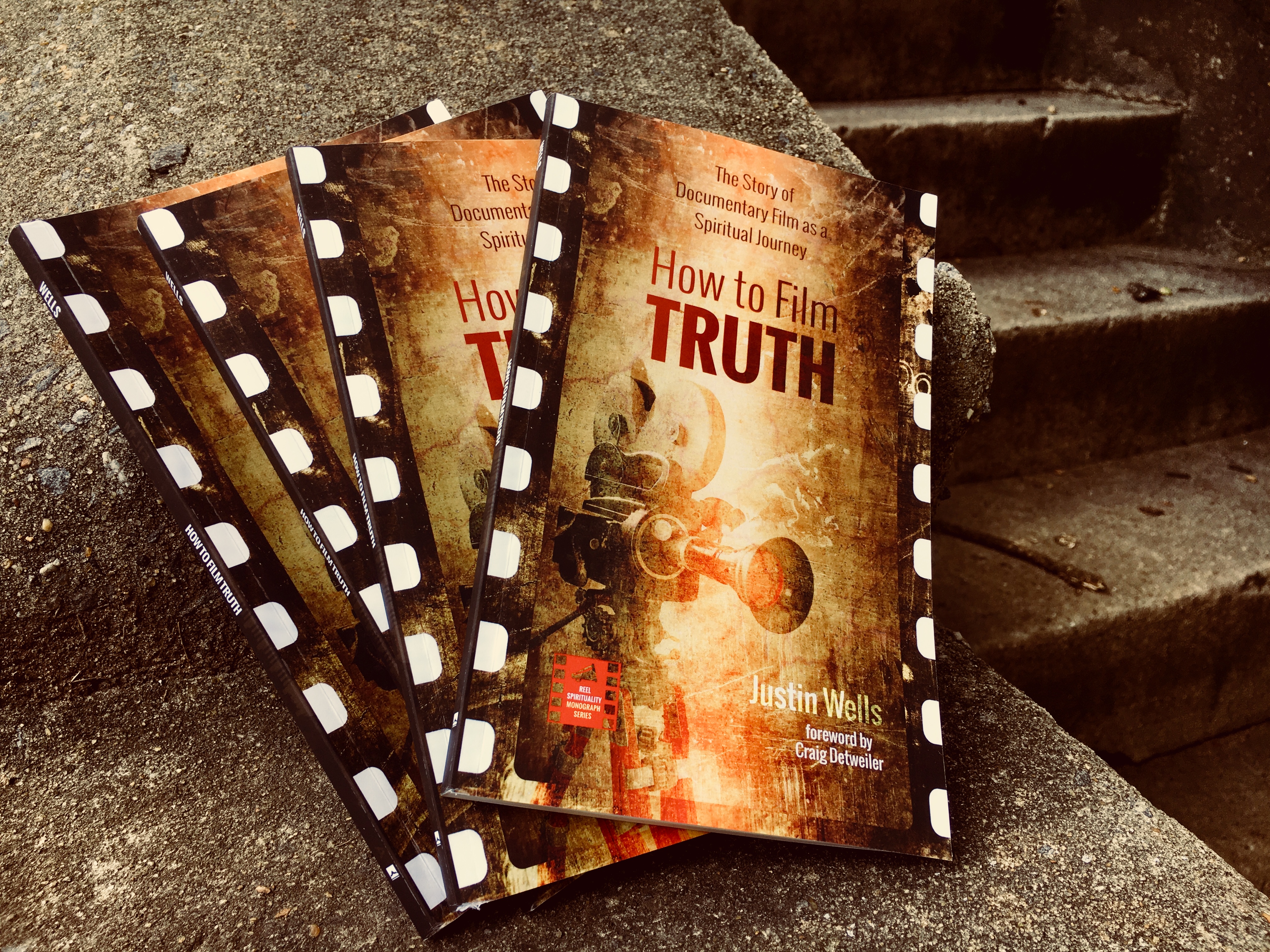Reflections on the Oscars and Guillermo del Toro
Tonight the country will come together, gathered around televisions in living rooms across the states, to celebrate cinema. I’ve long thought about the significance of this annual ritual, and asked questions about what it is that draws us to the movies. This year’s crop of movies features a diverse range of auteurs, directors with vision and craft, that see the movies as a kind of vehicle for salvation. Greta Gerwig, the writer and director of Lady Bird, sets up her protagonist to seek escape from Sacramento, CA, which for her functions as a kind of purgatory. Martin McDonagh, writer-director of the excellent Three Billboards Outside Ebbing, Missouri, sets up his story as a kind of riff off of midcentury Catholic novelist Flannery O’Connor’s famous short story, A Good Man is Hard to Find. There are so many good movies this year that an essay would be warranted for each, but there is one movie that I think perhaps encapsulates for me the essence of what it is that draws us to the cinema over and over. This process involves the intersection between art and practical life, between day−to−day existence and reflection on the meaning of that existence. Over the years […]



